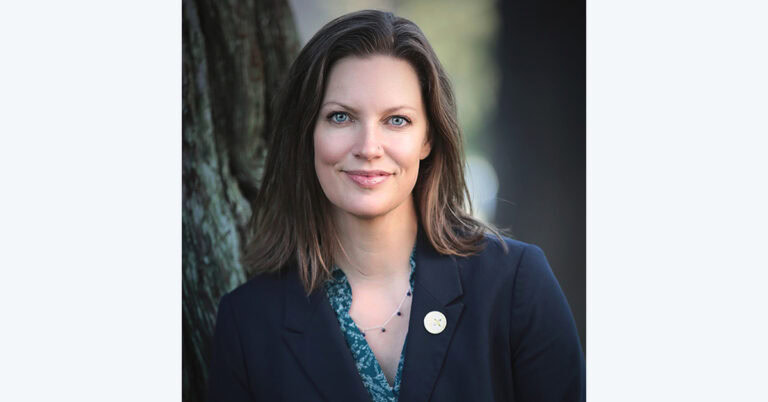Deputy Director
State Creates Teacher Data System
November 3, 2006 | CCST Newsroom | Contact: M. Daniel DeCillis
Governor Schwarzenegger has signed legislation that will enable the state, for the first time, to keep accurate track of its teacher workforce across all current data systems. The new law is a major step forward in meeting recommendations made both by CCST and the Center for the Future of Teaching and Learning (the Center).
SB 1614, introduced by California State Senator Joe Simitian, will create the California Longitudinal Teacher Integrated Data System (TDS), which will assign a unique identifier to each teacher currently working in California.
“This system will not be collecting any new data, but will be bringing together and synchronizing existing data collection sources in California,” said Paula Mishima, education administrator of the California Department of Education. “The TDS will upload data from the Department of Education, the Employment Development Department, and the Commission on Teacher Credentialing, making the data much more accessible and useful to state leaders.” Currently, the data collected by each of these agencies is maintained separately, and because they use different identification systems for the teachers, there is no easy way to track teacher supply and demand in the state.
California’s lack of a comprehensive data system has frustrated policymakers and analysts for years, as it makes it impossible to obtain timely, accurate numbers on the teaching workforce. With over 300,000 teachers and more than 6 million students, California has the largest public education system in the country; it is difficult for policymakers to know how many teachers are needed, and where, without clear data on the workforce. In 2002, CCST discussed the shortcomings of California’s education-related data systems in its Critical Path Analysis of California’s Science and Technology Education System, and recommended that the state make expanding its capacity to gather data one of its main education strategy goals. The Center also recommended this in its 2005 report The Status of the Teaching Profession.
“We are very pleased that California has taken this important step toward the more effective management of its teacher workforce as a whole,” said Margaret Gaston, executive director of the Center, which has produced critical analysis that informed two other significant bills (SB 1209 and SB 1655) designed to enhance the supply of qualified teachers by streamlining the credentialing process, improving support and incentives for new and experienced teachers, and help low-performing schools hire the best teachers.
CCST and the Center have been collaborating on a critical path analysis of California’s science and math teacher shortage, an area identified as crucial to the state’s overall science and technology workforce development by CCST, and as one of the areas of greatest need by the Center. The study, scheduled for completion later in 2006, will define and quantify the science and math workforce and skills gap and identify appropriate strategies for California to enhance its production of science and math teachers.




